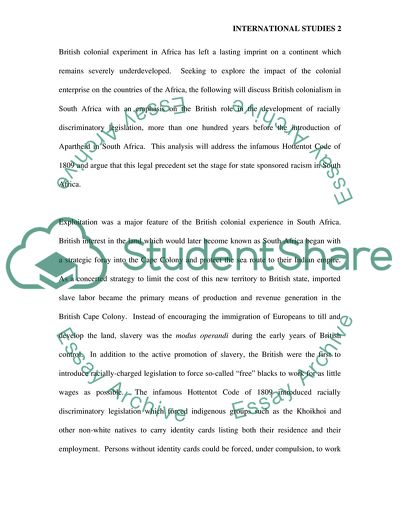Cite this document
(How Has the Nature of Cultural Encounter Changed over Time Coursework, n.d.)
How Has the Nature of Cultural Encounter Changed over Time Coursework. https://studentshare.org/history/1726354-internatinal-area-studies-survey-of-world-history
How Has the Nature of Cultural Encounter Changed over Time Coursework. https://studentshare.org/history/1726354-internatinal-area-studies-survey-of-world-history
(How Has the Nature of Cultural Encounter Changed over Time Coursework)
How Has the Nature of Cultural Encounter Changed over Time Coursework. https://studentshare.org/history/1726354-internatinal-area-studies-survey-of-world-history.
How Has the Nature of Cultural Encounter Changed over Time Coursework. https://studentshare.org/history/1726354-internatinal-area-studies-survey-of-world-history.
“How Has the Nature of Cultural Encounter Changed over Time Coursework”. https://studentshare.org/history/1726354-internatinal-area-studies-survey-of-world-history.


